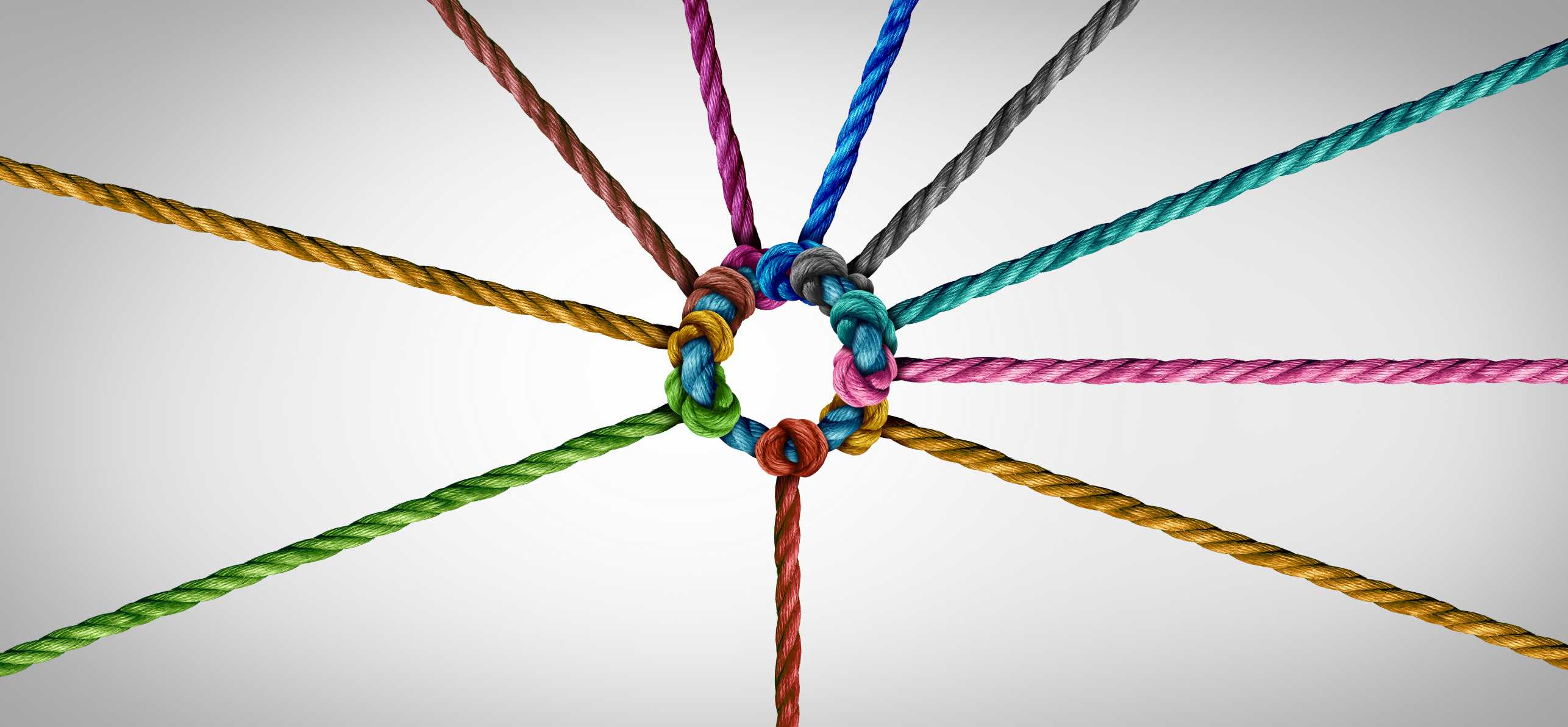Bio-inspired active and adaptive materials

A collaborative flipped-classroom model
Our proposal for this course is to create a collaborative atmosphere for learning, where students and teaching instructors join efforts and their expertise to reach the learning objectives of the class. These involve not only the gain of technical knowledge but also the development of a soft skill set to help the students to interpret and communicate scientific topics. We have implemented sessions of flipped-classroom activities that are either focused on the consolidation of knowledge or on the stimulation of the creativity of the students. After a set of frontal lectures, we blend different learning elements into two flipped-classroom formats, where the students have the opportunity to consolidate their knowledge through peer discussion, guided scientific debates, and group work. Moreover, the format compels them to practice their creative thinking skills by letting them compare their own ideas with the concepts acquired during the class. The students receive a detailed assessment for learning after each flipped-classroom activity that is communicated orally to the entire classroom by the teaching instructors
Implementation model


Following the preparation phase, one of two different formats according to the main learning objectives of the class are employed in alternating weeks. For the flipped-classroom activity in which the consolidation of knowledge is the main goal, the teaching instructors promote a guided debate on the topic.

At the end of the flipped-classroom activities, the students are given a collective grade, which is group-level or class-level, depending on the format that is employed. The grades are based on a rubric which is discussed with the students at the beginning of the course, where points are assigned both for the understanding of the scientific content and for the successful participation in the discussion. Teaching instructors also offer a detailed feedback of the overall class performance with the goal of improving the alignment of expectations for the next activities. which is communicated orally to the students in the following lecture. This feedback is communicated orally and discussed with the students at the beginning of the lecture.
What are the goals that you pursue?
Rafael Libanori: We aim at creating a collaborative learning environment in the classroom and engage the students strongly in their own learning process. This learning environment contributes to the development and training of soft skills such as critical thinking, negotiation, persuasion, creation, etc. By combining flipped-classroom activities with assessment for learning, teaching instructors are able to demonstrate the importance of critical reading of scientific literature and stimulate the students to search for concepts and knowledge that are not strictly limited to the selected reading material.
What is your experience with that practice?
Rafael Libanori: We have observed an increasing engagement in collaboration and critical thinking as we progressed throughout the semester. The guided debates focus on highlighting the main concepts of materials science that are required to critically evaluate the strong and weak points of the selected scientific paper. In our opinion, it is important to deconstruct the traditional figure of the lecturer in the classroom so that students feel more comfortable in expressing their ideas.
Our main challenge consists in stimulating the students to be proactive during the guided debates while limiting the discussion around the relevant concepts of the topic. We have the impression that stimulating the construction of a collaborative atmosphere in the classroom during these flipped-classroom activities increases the group dynamics in the semester project (learning activity not discussed here), resulting in the development of creative solutions in applied contexts and high-quality presentations and reports.
What are the students doing in your class?
Rafael Libanori: In the preparation phase, the students get familiar with the topic by reading a selected scientific article. Collaboration is strongly present during the peer-discussion phase, the collective guided debate and in the development of new research ideas in small working groups. The collective guided debate also encourages the students to analyze and critically assess scientific literature, allowing them to effectively articulate their ideas to their colleagues and teaching instructors. The development of new research ideas in small working groups enables the students to apply their knowledge in an applied context and to communicate their ideas in a clear manner to their colleagues in the classroom
Course description

Methods
- Flipped classroom
- project work
- group assessment
- individual assessment

Tools
We have mainly used Moodle to share the learning materials with the students. This year, we have also introduced MS-Teams to facilitate the communication between students and teaching instructors. Although the communication level has increased as compared to the previous years, additional engagement strategies are required to promote even stronger collaboration between the students







